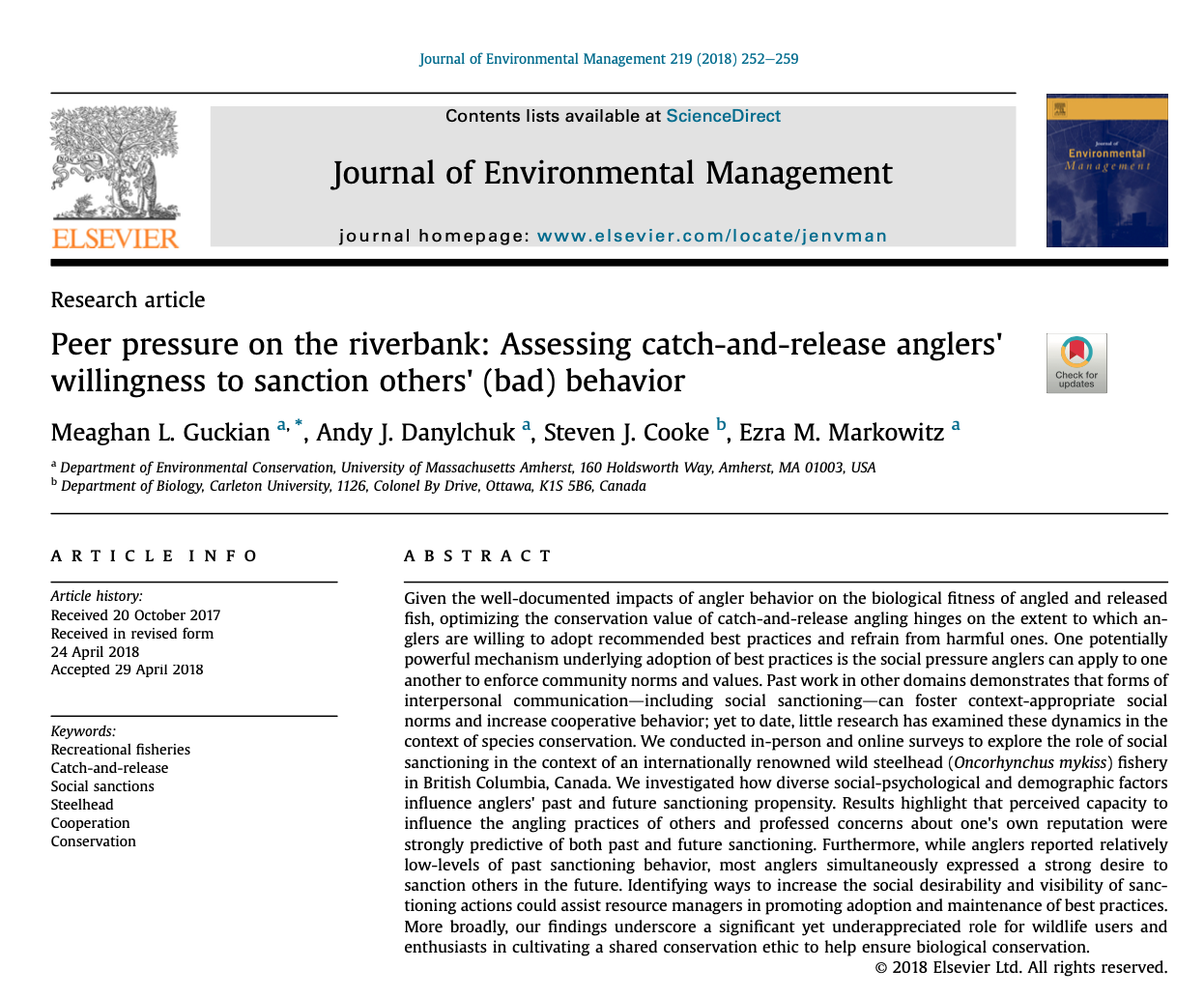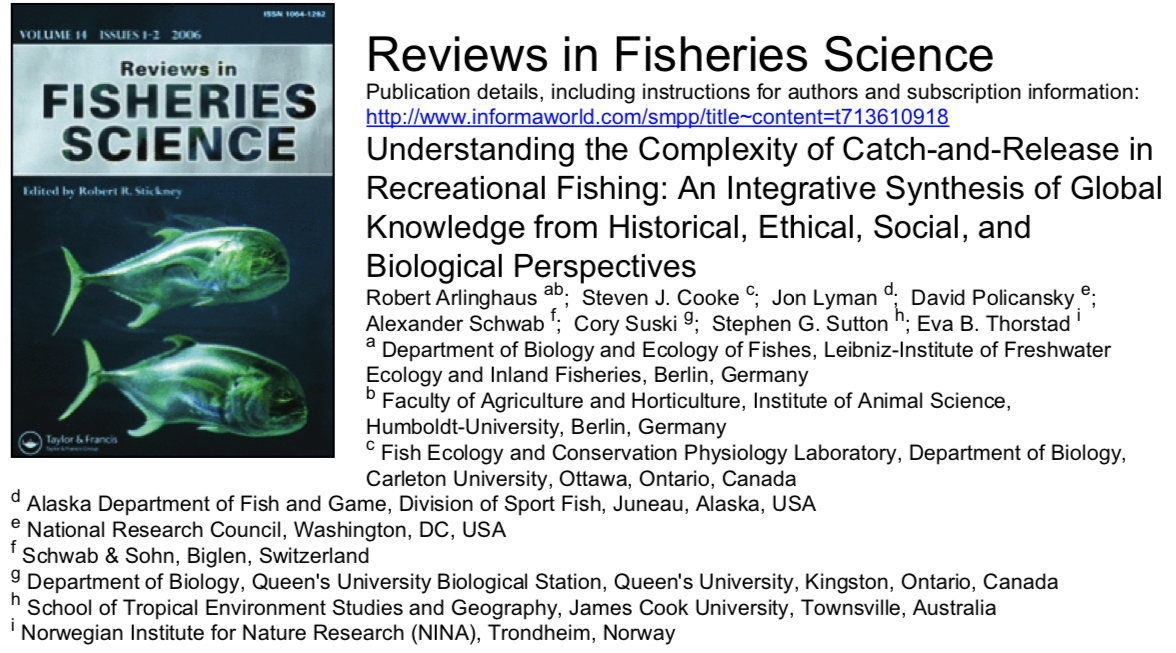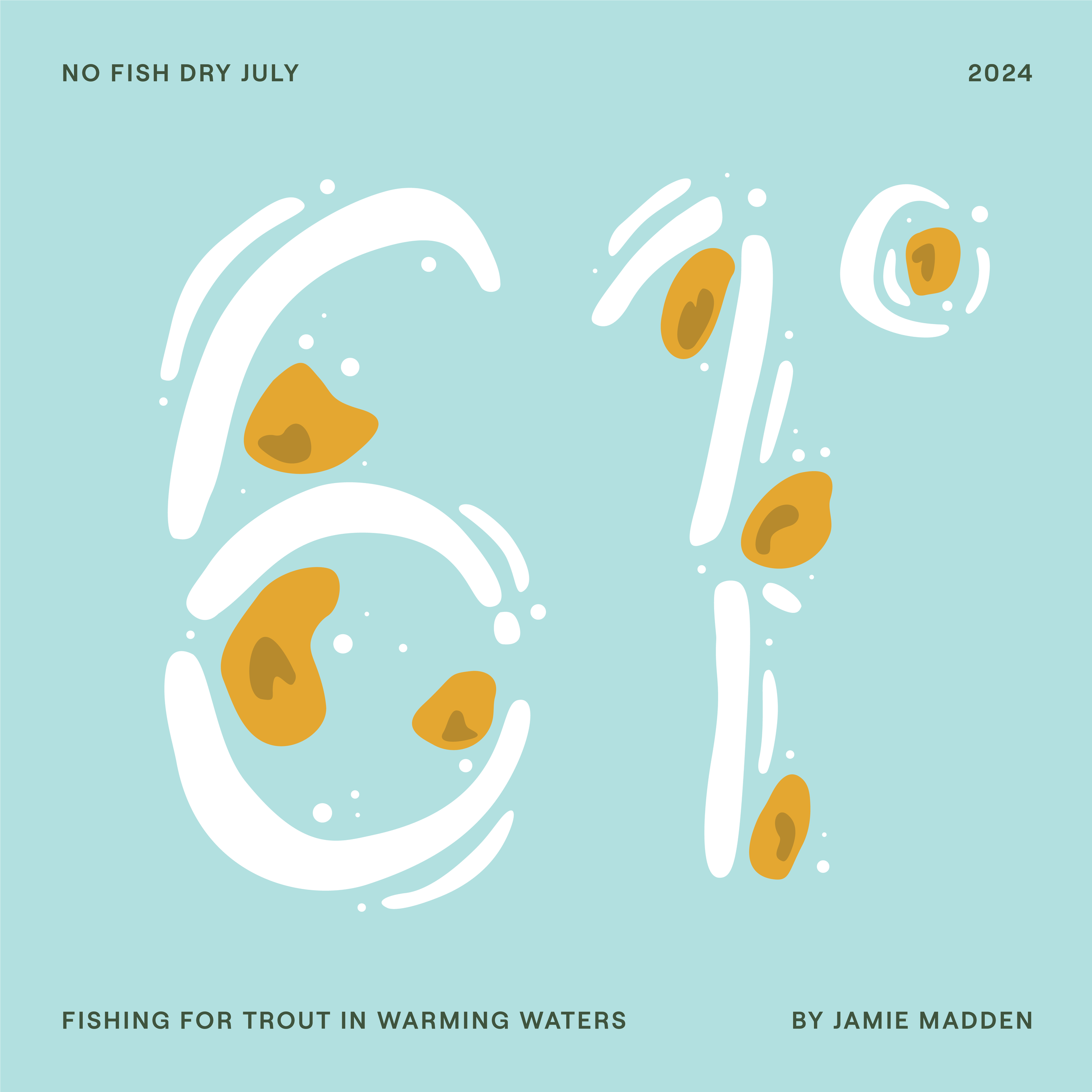THE Science OF Catch-and-Release Fishing
The practice of catch-and-release has been used as a conservation tool for over a century. While it doesn’t take a scientists to know that releasing fish (as opposed to keeping them) means more fish to be caught again another day, scientific studies specifically focused on how fish respond to capture, handling, and release can be used to help reduce the negative impacts of catch-and-release, and act as the basis of ‘best practices’. This type of research has gained momentum in last several decades, and now there are hundreds of scientific studies on catch-and-release, revealing if fish live or die, if their behavior or physiology is impacted, and if they have short or long-term impacts.
Although many of these studies contain insights and tips that the anglers could use to reduce impacts on the fish they handle and release, the information is locked behind paywalls that are expensive to access and written in a technical language that even puts many scientists to sleep.
One of the goals of Keep Fish Wet is to unlock that science and make it more accessible to anglers. By translating some of the most important studies on recreational angling (see our series Finsights) we work build a bridge between the fisheries science and the angling communities
“The fate of an angled fish upon release is primarily determined by angler behavior.”
-Brownscombe et al. 2017
science
























